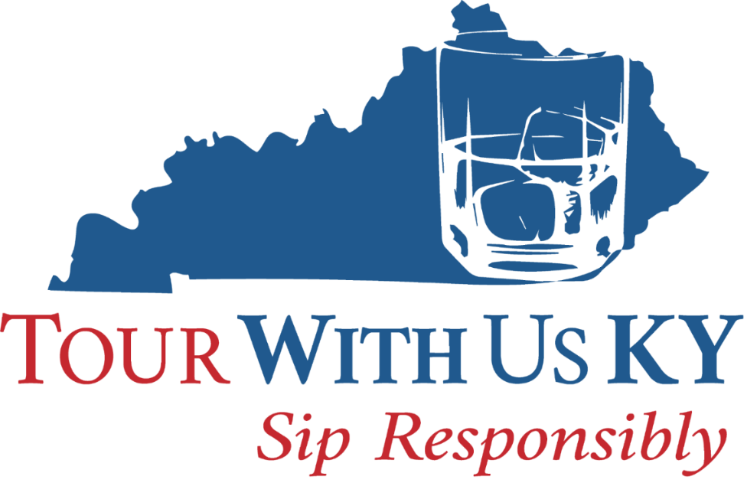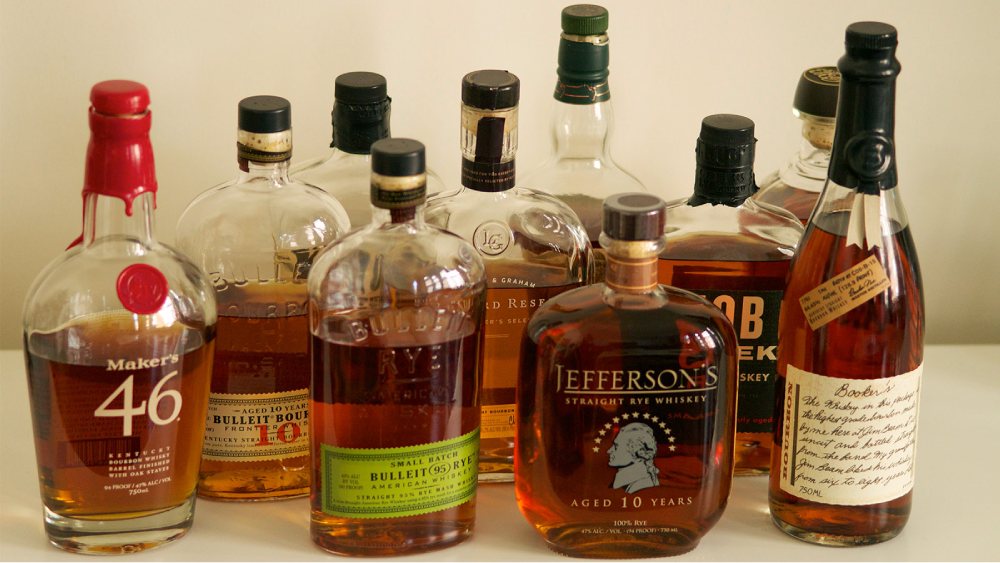In the world of spirits, the topic of bourbon vs. whiskey often stirs up confusion. As we delve into the distinctions and commonalities between these two popular beverages, the fog will begin to clear. Whether you’re a connoisseur, an aspiring bartender, or simply curious, this post aims to help you grasp these drinks more fully.
Understanding Whiskey
Whiskey’s roots run deep into the past. It’s a global beverage with diverse origins, hailing from countries like Ireland, Scotland, Canada, and the United States. Despite their shared name, these varieties have unique characteristics directly influenced by the regions they hail from. Each variant, be it Scotch, Irish, or American, carries its own individual charm. These distinctions are not arbitrary but rooted in specific ingredient choices, production techniques, and aging processes.
Delving deeper into the whiskey-making process, we find it involves several stages. Each step contributes to the final product’s taste, color, and aroma, from malting to mashing, distilling to aging.
While on the topic of taste, whiskey’s flavor profiles are diverse and complex. Factors such as the grain type, distillation method, aging period, and the type of barrels used for aging influence these profiles.
Exploring Bourbon
If you’ve ever wondered about the history of bourbon, there are a few crucial things to know. This quintessentially American spirit was born in the Southern United States, with Kentucky often recognized as its true home. Its development is interwoven with American history and culture, giving it a unique standing among spirits.
Unlike whiskey, bourbon’s production is subject to strict legal requirements. Bound by the Federal Standards of Identity for Distilled Spirits, bourbon must be made from at least 51% corn and aged in new, charred oak barrels. These rules safeguard bourbon’s integrity and significantly influence its flavor.
The bourbon production process has unique nuances compared to general whiskey production. Besides adhering to legal guidelines, factors like climate, type of corn, and the degree of barrel char contribute to the distinctive taste of bourbon.
As for its flavor, bourbon is usually characterized by its full-bodied richness, with notes of vanilla, oak, and caramel. However, depending on the distillery and maturation process, variations in flavor profiles can be significant.
Bourbon vs. Whiskey: The Comparison
Turning to the shared aspects of bourbon and whiskey, they both begin with grains and involve a process of fermentation, distillation, and aging. Both have played significant roles in their respective cultural contexts, often celebrated in songs, literature, and traditions.
Diverging from their common ground, bourbon and whiskey exhibit differences in terms of geographical restrictions, legal definitions, and flavor profiles. Essentially, while all bourbon is whiskey, not all whiskey can qualify as bourbon.
Despite these clear distinctions, there are several misconceptions about bourbon and whiskey. For instance, one common myth about bourbon is that it must be made in Kentucky to be considered genuine. In reality, bourbon can be produced anywhere in the United States as long as it adheres to federal standards.
Enjoying Bourbon and Whiskey
Now that we’ve examined the nuances of bourbon vs. whiskey, how can we best enjoy them? Firstly, try tasting them neat to appreciate their natural flavors. Depending on your preference, you can also enjoy them on the rocks or in a range of cocktails.
Moving onto bourbon food pairing, the richness of bourbon matches beautifully with smoked meats, rich desserts, and spicy foods. However, there’s room for experimentation. Your personal palate may find its own perfect pairing.
The Beauty of the Bourbon Process
The process of making bourbon is a beautiful blend of science and art. Each decision impacts the final product, from selecting the right grains to determining the optimal level of char for the barrels. Despite advancements in technology, many distilleries still adhere to traditional methods, honoring the heritage of this beloved American spirit.
Moving to Bourbon Country
Imagine you’ve decided to move to the heart of bourbon country, Kentucky. You’re excited to explore the famous Bourbon Trail and visit distilleries that have been producing this spirit for centuries. You’ve learned about the nuances between bourbon and whiskey, debunked myths, and now, you’re ready to experience it firsthand. Experts from mybrooksmoving.com recommend at least visiting Kentucky if you are a big fan of bourbon. This move isn’t just a change of scenery; it’s a new chapter in your bourbon discovery journey.
Myths About Bourbon
Apart from the myth about bourbon needing to be made in Kentucky, there’s another common misconception. Some believe bourbon must be aged for a specific number of years to qualify as true bourbon. In fact, the law only states that to be called ‘straight’ bourbon, it must be aged for at least two years. Bourbon without an age statement can be as young as a few months.
The Art of Tasting
Tasting bourbon and whiskey is an art. It involves observing the color, taking a gentle whiff to identify the aromas, and taking small sips to savor the flavors. Over time, you might even develop the ability to identify different brands or types of whiskey just by their taste or aroma.
In Conclusion
Unraveling the topic of bourbon vs. whiskey, we’ve traversed through history, production processes, and cultural impacts. We’ve debunked myths about bourbon and explored the beauty of tasting these nuanced spirits. Remember, the bourbon and whiskey world isn’t just about appreciating fine spirits; it’s about understanding their heritage, significance, and stories. Whether savoring a dram in your new Kentucky residence or exploring pairings with food, each experience deepens your connection with these captivating spirits. And that’s the essence of the bourbon and whiskey journey – continuous exploration, discovery, and appreciation. Here’s to the many flavorful adventures that await you.


